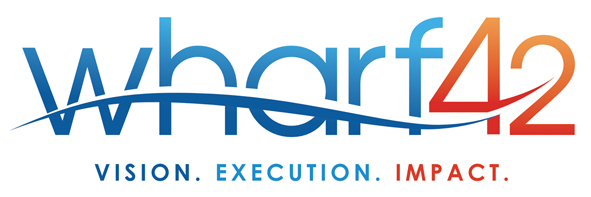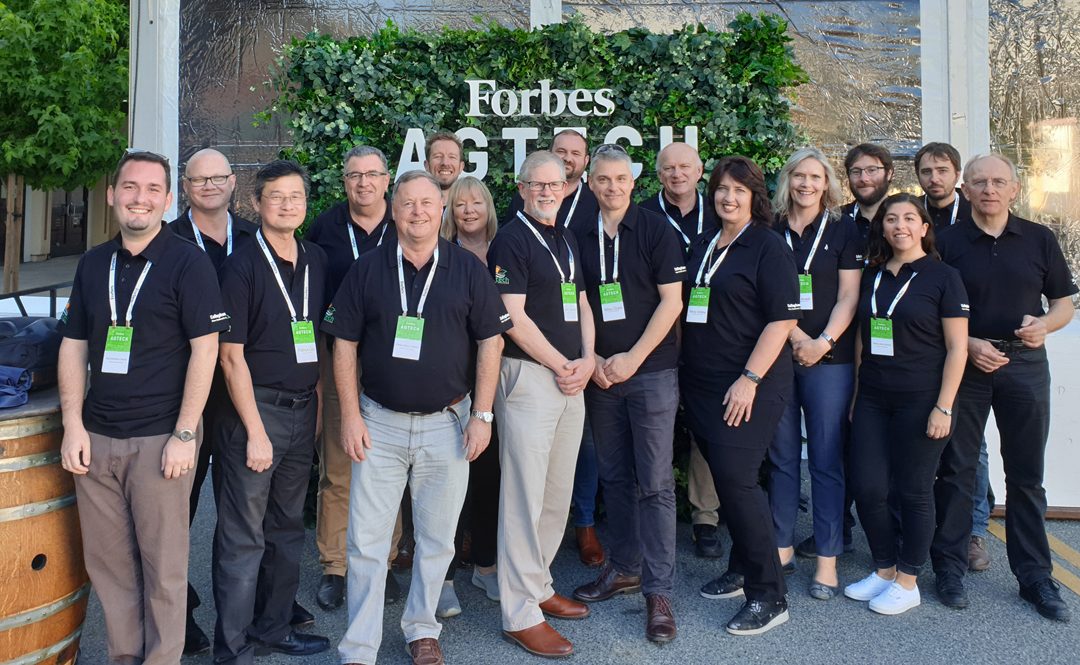Over the past few months, I’ve been thinking more deeply about the role that agritech can play in supporting New Zealand’s primary sector scale globally.
Taken at its simplest, agritech has the ability to address a number of ‘on-farm’ or ‘beyond the farm gate’ challenges. We are buoyed by our ‘Good for the World’ purpose and it helps drive the NZ Agritech story. Dig a little deeper however, and the reality becomes a little less evident.
New Zealand’s Ministry for Primary Industries and the Ministry for Foreign Affairs and Trade lead the way when it comes to securing market access for New Zealand’s producers. Recently, they successfully secured Free Trade Agreements with both the UK & the EU. The two Ministries achieved the best results they could. Whilst the outcomes benefited some primary sector players however, not every sector was happy. It’s a tough mantra when your main focus and realistically only driver is ‘the interests of the New Zealand producer’. ‘Good for the World’ becomes harder to define. Particularly when you are negotiating with parties providing little to no flexibility.
It goes beyond government. That focus and that driver lies at the heart of many of New Zealand’s Crown Research Institute public funding models. The science and IP generated (which for the record is outstanding) is frequently developed and commercialised for the benefit of the New Zealand producer only. It’s a core part of the funding settings. Exporting that science and IP internationally is not a priority and therefore potential licencing and revenue-generating income is not returned to either New Zealand’s research community or the New Zealand taxpayer.
It’s pretty clear that these models do not exactly fit the ‘Good for the World’ mantra. Our agritech sector however operates differently. It actively seeks out collaborative partnerships with, and in, global markets. As an example Callaghan Innovation & NZTE are supporting agritech entrepreneurs visit Ireland & the UK in September, Australia in February and potentially the US in June.
In October this year, the California Department of Food & Agriculture Secretary Karen Ross, is bringing a delegation of officials and growers over to New Zealand for the 2035 Oceania Summit. They are looking to identify potential agritech solutions that might help address some of the challenges that they face back in the US. It made me think more closely around the wider role that New Zealand’s agritech sector can take to support its primary sector. Through developing global relationships based on innovation, trust, common interest and dare I say it, a ‘Good for the World’ mindset, can agritech become a core ‘soft’ diplomatic tool for the wider agriculture sector?
It’s a model I’m becoming quite familiar with. In Australia, I’m fortunate to sit on the evokeAG steering committee. In the US, I sit on the Western Growers Global Advisory Board. This provides a two-way channel for offshore market engagement. It helps build trust and potentially breaks down some of the traditional roadblocks faced by our trade negotiators. Looking for a ‘win-win’ outcome that potentially incorporates agritech collaboration into formal trade negotiations is an interesting prospect.
As an example, whilst the FTA’s with the UK & the EU have been concluded, food security remains a key concern for both countries/blocks. An article on agritech collaboration would have meant that whilst quotas and tariff negotiation had come to an end, on-going engagement, collaboration and partnership hadn’t. It’s an interesting conversation that as a wider sector, I feel we should have.

